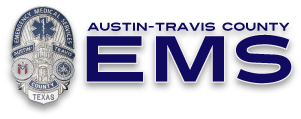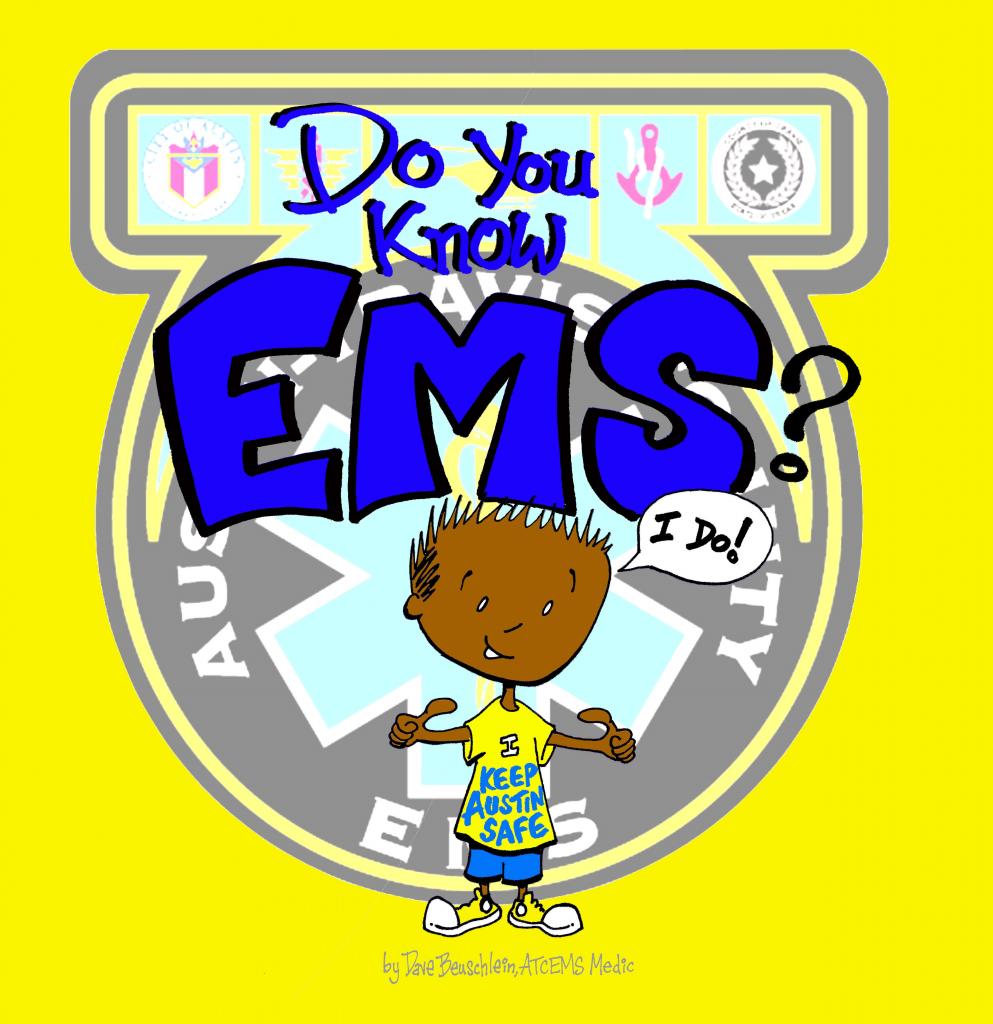Safety Near School Zones
Teaching Children to Call 9-1-1
Infant Safe Sleep
When school is in session, more than a million children and teens depend on buses to get them safely to and from over 9,000 Texas schools every day. They also depend on motorists to know the law and drive safely around school buses.
In 2013, 625 vehicle crashes occurred in school zones in Texas, resulting in two deaths and 112 serious injuries. August and September of 2013 alone saw 104 crashes in school zones. The most common factors contributing to these crashes were driver inattention, failure to control speed and failure to yield the right-of-way at stop signs.
Following these simple tips can help Texas children reach school safely and help drivers avoid costly fines and tickets.
Tips for Driving in School Zones
- Put away your cell phone. Cell phone use is banned in active school zones, and violators face fines of up to $200 in school zones where signs are posted.
- Always obey school zone speed limit signs. Remember, traffic fines usually double in school zones.
- Drop off and pick up your children in your school’s designated areas, not the middle of the street.
- Keep an eye on children gathered at bus stops.
- Be alert for children who might dart across the street or between vehicles on their way to school.
Tips for Children Walking or Biking to School
- Always cross at intersections and designated crosswalks. Look left, right and then left again before proceeding.
- Look for traffic when stepping off a bus or from behind parked cars.
- Make eye contact with drivers before crossing the street.
- Always obey crossing guards.
- Always wear a helmet when riding a bicycle.
Texas School Bus Law
- Stop for flashing red lights on a school bus, regardless of which direction you're headed.
- Continue your trip once the bus has moved, the flashing lights stop flashing or the bus driver signals it's okay to pass.
- Violations can lead to a $1,000 fine.
Safety Tips for Motorists
- Obey the posted speed limit.
- Fines double in school zones.
- Keep an eye on children gathered at bus stops.
- Watch for children who might dart across the street to catch the bus.
Tips for Students
Respect your school bus driver and follow these rules:
- Stand far back when you are waiting for the bus.
- Sit still so the driver can pay attention to the road.
- Look both ways if you have to cross the street after getting off the bus, or wait for the driver to signal it's safe to cross the street.
1. Teach your child to call 9-1-1 from all of the phones in your home. The house phone, also known as a landline, is a phone that plugs into the wall. House phones display the billing address when 9-1-1 is dialed. Cell phones do not provide the location information, so children using a cell phone to call 9-1-1 for an emergency should know their home address or location when calling 9-1-1.
2. Children ages 4-7 should know their home address AND the address of their caregiver. The caregiver should place their home address and phone number on the refrigerator, or another easily visible location, and show the child where this information is located. Follow up with your child’s caregiver to assure this important information is available and has been discussed with your child.
3. Tell your child that if they have to call 9-1-1 they must listen carefully to the 9-1-1 dispatcher. Your child should not hang up with the 9-1-1 dispatcher unless prompted to do so by the dispatcher. The dispatcher will provide your child with directions throughout the call and will likely stay on the line with your child until emergency responders arrive at their location.
4. Practice calling 9-1-1 at home with an unplugged or toy telephone. As a parent or caregiver, you can pretend being the 9-1-1 dispatcher by asking questions like:
- 9-1-1. Do you need Police, Fire, or EMS?
- What is the address of the emergency?
- What is the phone number you are calling from?
- Tell me exactly what happened…What is your emergency?
- Are you with the patient now?
- Is the patient awake? Is the patient breathing?
These are important questions that need to be answered. Practicing these kinds of questions allows kids to memorize their address, phone number, and teaches them how to listen to the questions they will be asked by the 9-1-1 dispatcher and to follow instructions given.
5. Make certain that younger children can clearly state their first and last name. 9-1-1 dispatchers will use your child’s name when speaking to them during the course of the call to assure, calm, and encourage them.
6. Teach your child when to call 9-1-1. This is the time to discuss what may cause an emergency at your home, and what your child should do during an emergency at your home, or at a caregiver’s home. Parents and caregivers need to assess their emergency plans and practice those plans with all family members. Emergency plans should include teaching children how and when to call 9-1-1.
7. Teach children not to call 9-1-1 as a joke or a prank. It’s important for children to understand what a real emergency is. Calling 9 -1-1 as a joke wastes precious time and ties up resources that should be directed towards real emergencies.
The EMS Children's Book "Do You Know EMS" is a wonderful resource for teaching children about calling 9-1-1 and how medics help the sick and injured in our community. Click on the image below to read, download and print pages from this fun, easy to read interactive book. Answer the Challenge Questions on page 18, name the tools and equipment EMS uses on page 19, children can also take the pledge to "Keep Austin Safe" on page 21 and print the certificate. Write the child's name in the blank space on the certificate and it's ready to display with pride!


